As the saying goes, too much of anything can be deadly, which is why even in the gardening world, you will always see terms enough, sufficient, and moderate. Most plants hate soggy soil and wet feet, but some still prefer these conditions. Those who are living in colder and snowy climates, like Zone 5, might already be wondering what kind of perennials are like wet soil. Well, don't worry; we have already done the research for you.
It is common to see well-drained soil as a requirement for properly caring for plants. Gardeners limits watering plants as it can cause root rot, especially to perennials which can further shorten their life. However, some perennials will survive despite constant exposure to moist soil.
Here is the list of 10 Zone 5 Perennials that like wet soil
- Lily of the Valley
- Monkey Flower
- Sweet Woodruff
- Obedient Plant
- Hardy Hibiscus
- Cardinal Flower
- Creeping Jenny
- Japanese Iris
- Corkscrew Rush
- Swamp Milkweed
Now that you know there are perennials that can survive in Zone 5 wet soils, chances are you're either planning to plant or already growing one. Keep reading this article as we further discuss the answer above. We will discuss relevant information to guide you with the proper care and maintenance of these perennials.
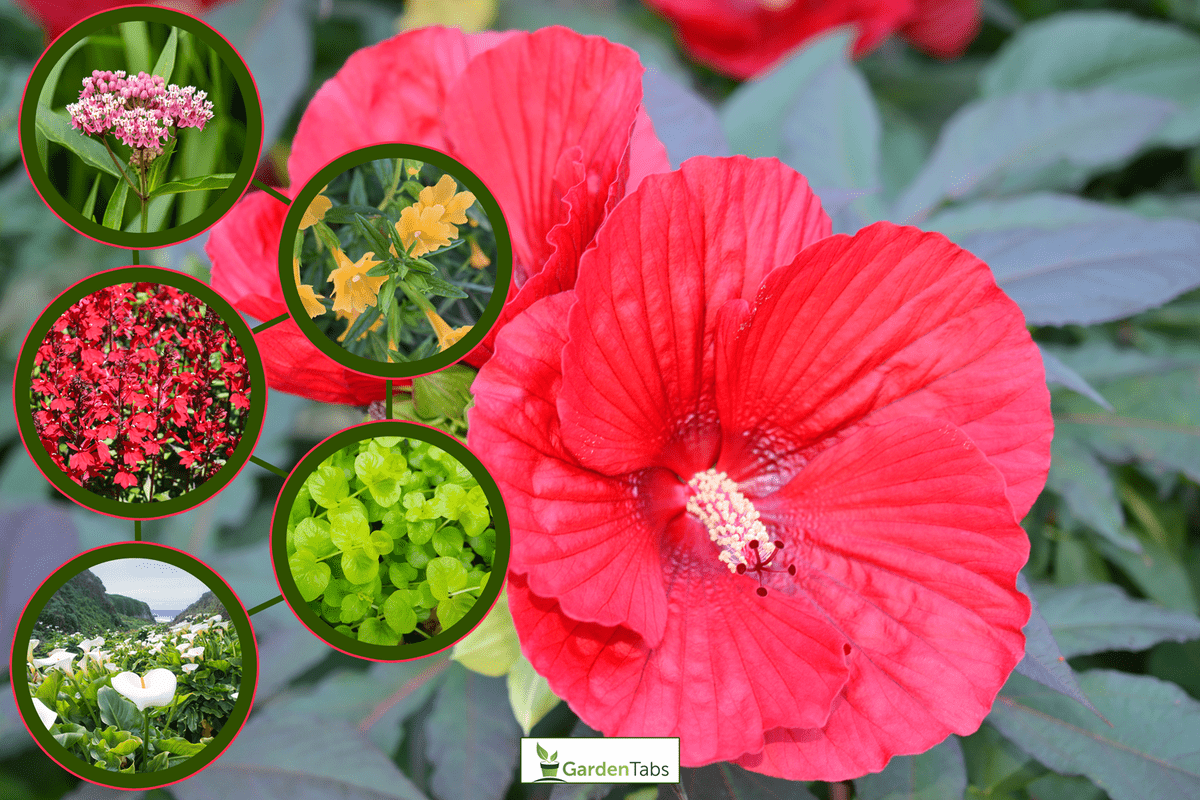
10 Zone 5 Perennials That Like Wet Soil
Perennials are a great addition to any garden as they provide long-lasting beauty by adding vibrant pops of color every blooming season.
1. Lily of the Valley
=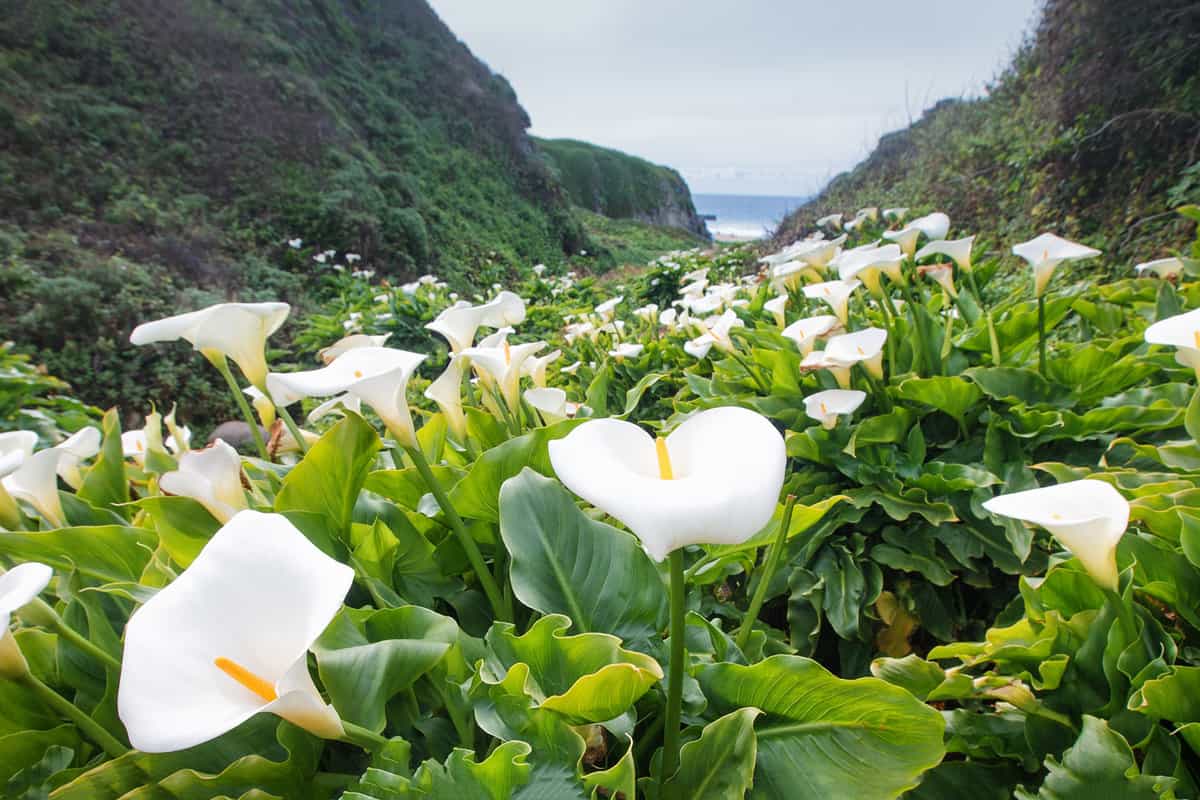
You can't miss Lily of the Valley because of its most distinctive, which is the dainty white bell-shaped flowers that exude sweet perfume scent and bright green leaves. It is known as one of the most fragrant flowers blooming in spring through early summer.
This perennial is easy to propagate. Start with planting it by late fall in a location with partial shade and wet soil. You must schedule this in late fall to allow proper dormancy since a colder climate is expected during this season. Although it prefers partial shade, it will still grow in full sun or shade, depending on the moisture it receives. The more exposed it is to the sun, the wetter soil should be.
2. Monkey Flower
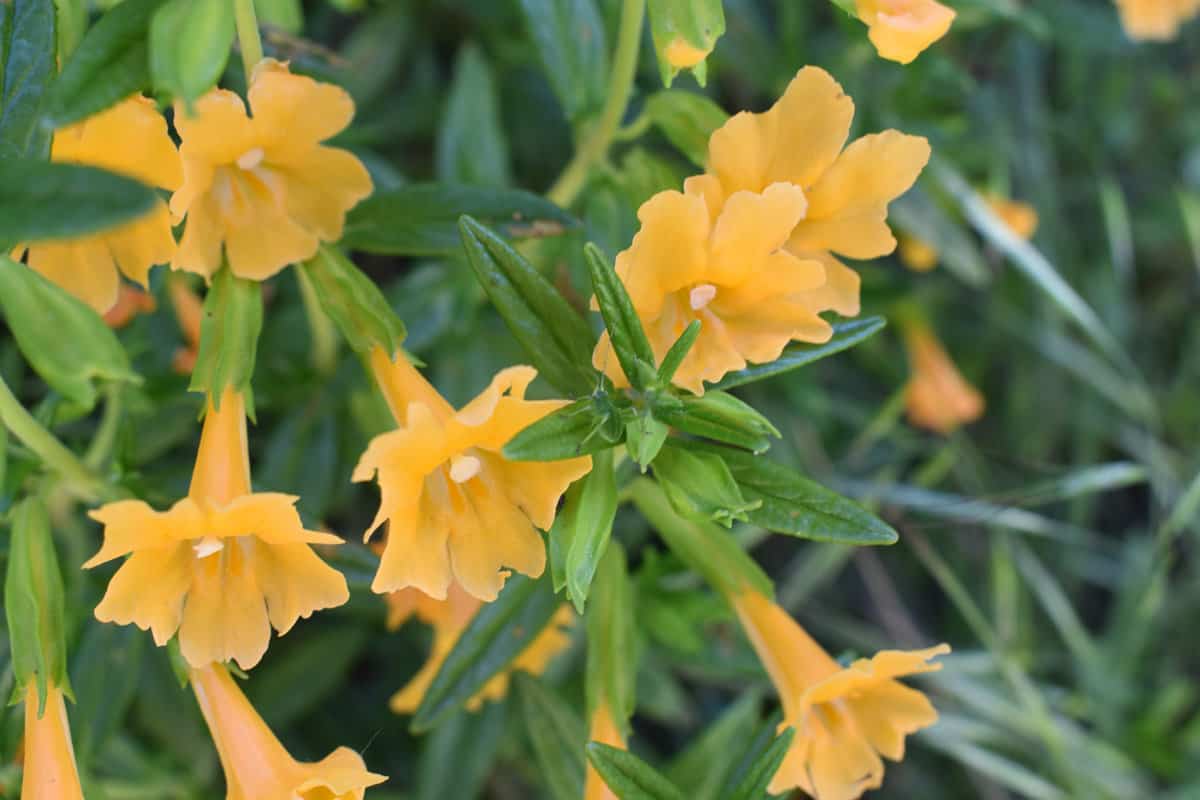
Monkey flowers get their name from the monkey-face pattern in their blossoms. They bloom from spring until fall and have five multicolored petals, two upper lobes, and three lower lobes, which adds beauty to any area. +In addition to its visuals, it also serves a crucial role in the survival of the Baltimore and Common Buckeye butterflies. These insects lay their eggs among the foliage, which provides a food source once they hatch.
Monkey Flowers will thrive in wet areas: swamp, marsh, stream bank, and meadows, so long as you keep the surrounding area moist. Retain moisture by layering 2-4inches of mulch, especially for those living in warmer regions. Pick fades blooms to encourage the fresh ones.
3. Sweet Woodruff
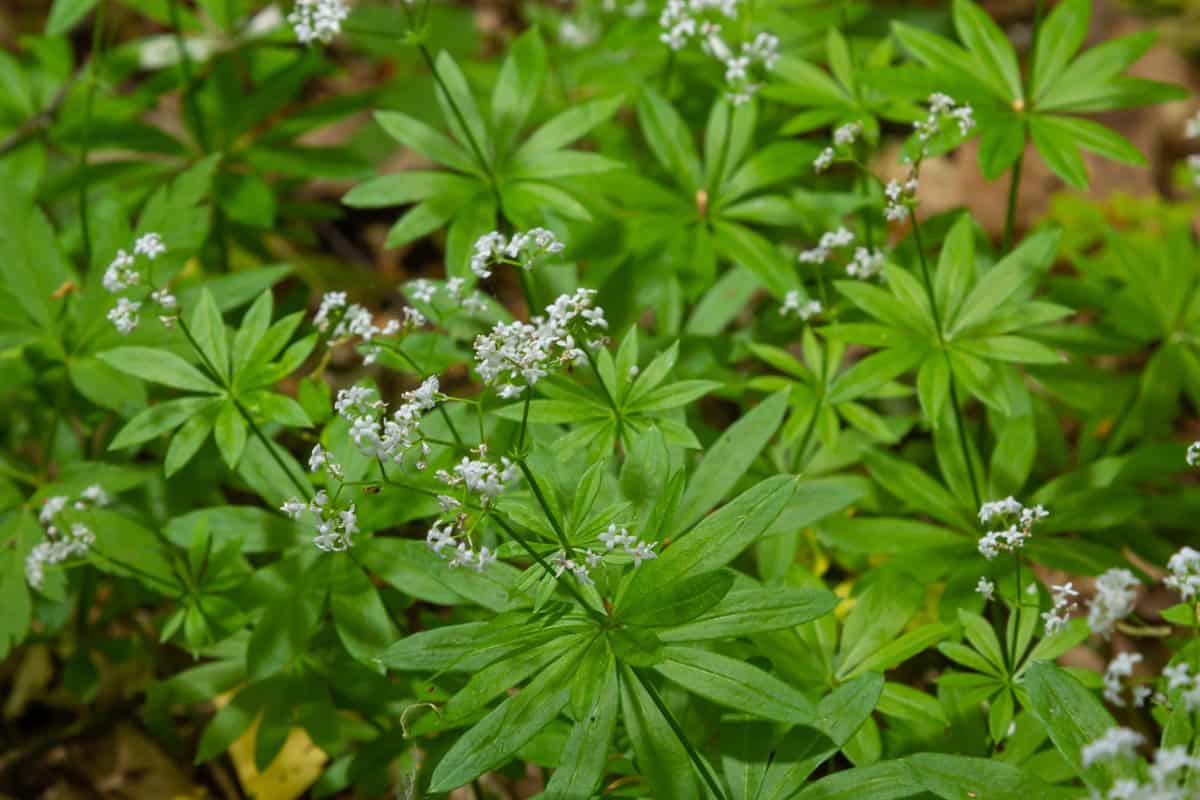
Sweet woodruff is an all-around plant, an edible herb that tastes like vanilla, a natural air freshener, and a medicinal plant. On top of its multiple uses, it is also a decorative, commonly used ground cover. The clusters of lacy white flowers greatly contrast the dark shade areas.
First off, place these flowers in an empty lot as it is known as an invasive fast runner that will take over an area in a short period. It is often propagated by dividing and transplanting mature perennials sections to their new location. You may also directly plant it into the soil, but for better results, do this in spring. Woodruffs prefer shady areas with moist but well-drained soil rich in organic materials.
4. Obedient Plant
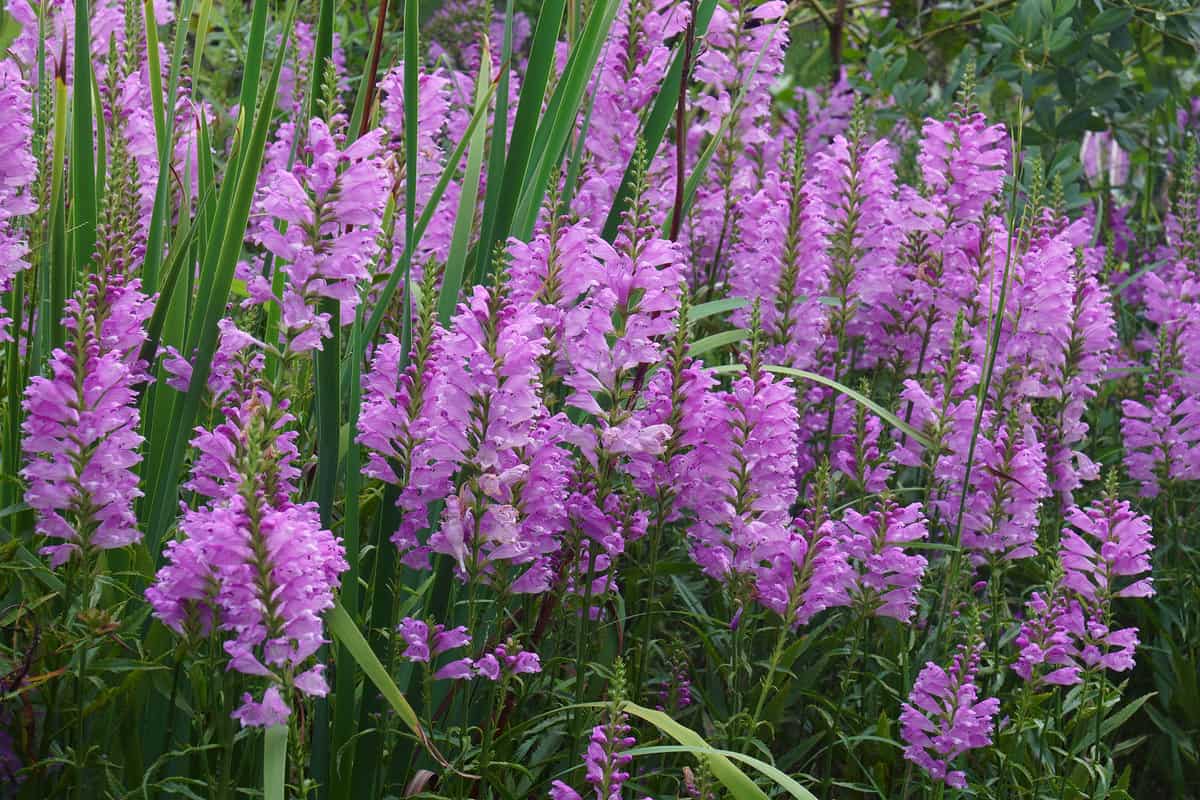
Don't be fooled by the name; it is obedient because the stems will stay in the position you arranged them, not because of their growth pattern. Its tall pink and white snap-dragon-like flower literally stands out from its leaves and blossoms from June until September.
As mentioned, it is not obedient when it comes to its habit as it can become invasive. We suggest planting it in containers with drain holes and lowering it to the less-fertile soil to control spreading.
5. Hardy Hibiscus
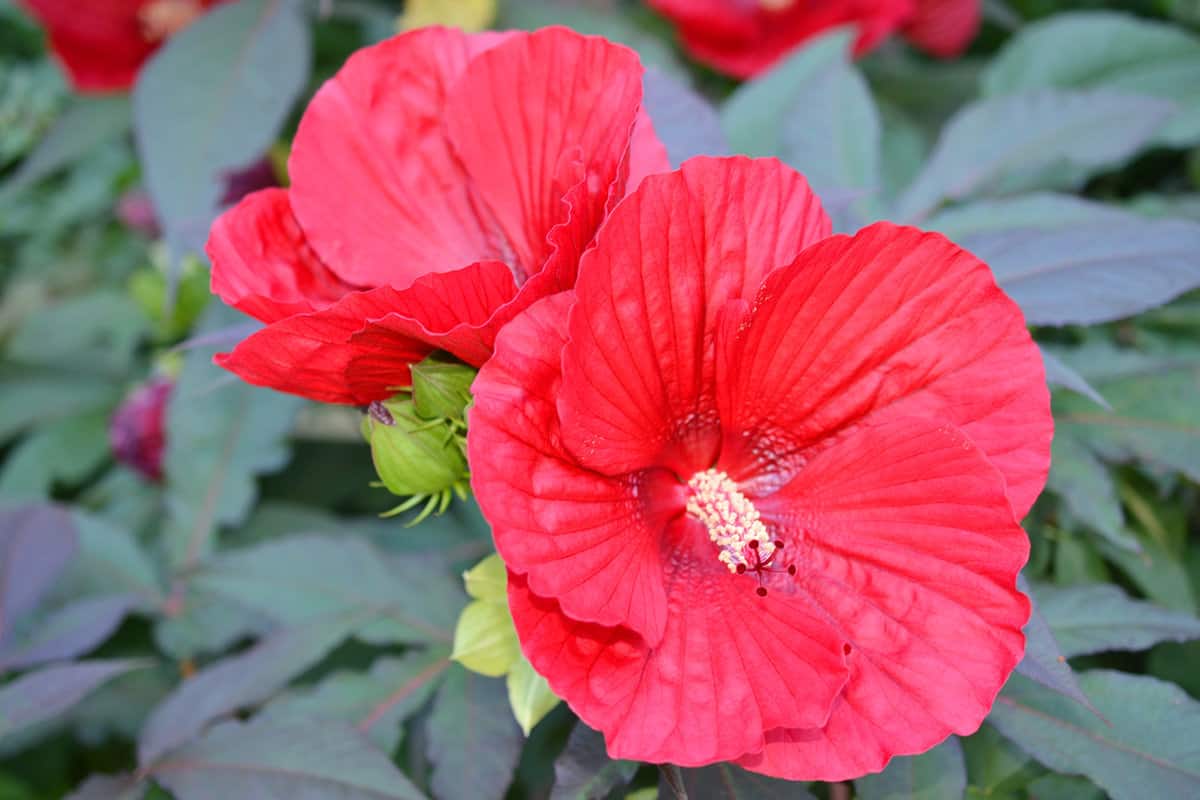
One can't help but remember the tropical island of Hawaii whenever they see Hardy Hibiscus. This sun-loving perennial produces large, brightly-colored flowers that peak from midsummer until fall. In addition to the tropical vibes it gives off, hummingbirds and butterflies favor its flower, thus transforming your garden into a mini summer paradise.
Hardy Hibiscus requires minimal care. It grows best in full sun to partial shade and needs lots of moisture. Similar to most perennials, remove dead flowers to stimulate new growth. It is a late bloomer even in spring; this is completely normal and will eventually flourish at its phase.
Despite its tropical nature, this hardy variety still grows well in Zone 5.
6. Cardinal Flower
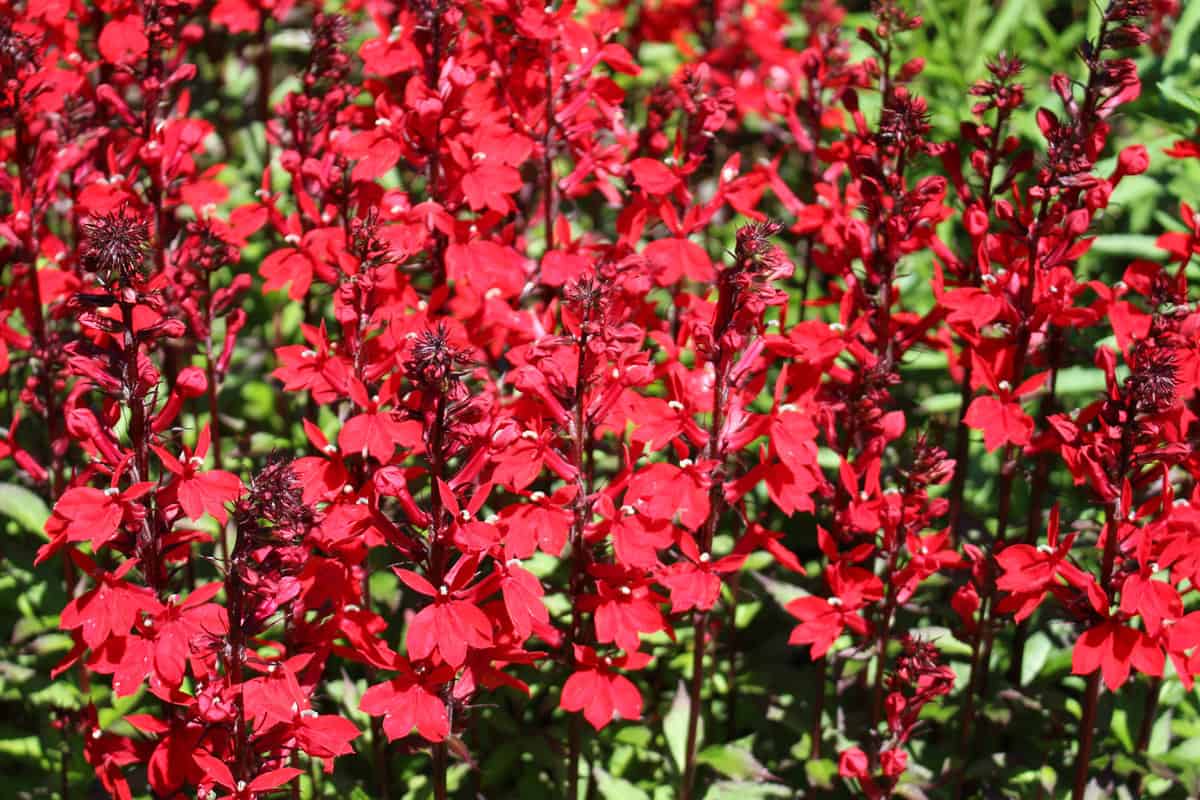
The Cardinal flower got its name from its vivid red-colored flower that closely resembles the robes of Roman Cardinals. It blooms in the summertime when most perennials are already declining due to the heat. Hummingbird feasts on its sweet nectar and, in return, depends on it for pollination.
Given that it flourishes in the summertime, Cardinals prefer a location with morning sun but afternoon shade. However, if you live in a colder climate, like Zone 5, plant it in an area where it will receive direct light throughout the day. Layer an organic mulch on top of organic-material-rich fertile soil to retain moisture.
7. Creeping Jenny

This gap-filler is mainly used as a cover-up for hard-to-grow landscape areas. This evergreen displays brightly-colored leaves and tiny yellow flowers bloom in early summer. It crawls quickly and will soon overtake your yard's wet areas due to its invasive nature.
Moneywort, the other term for Creeping Jenny, is tolerant of full sun or shade, but if you want to have vibrant leaves place it under direct light. Hydrate it regularly, and apply mulch and compost to retain moisture. It doesn't need fertilizers, but it can stimulate growth by feeding it some during the early stages.
8. Japanese Iris
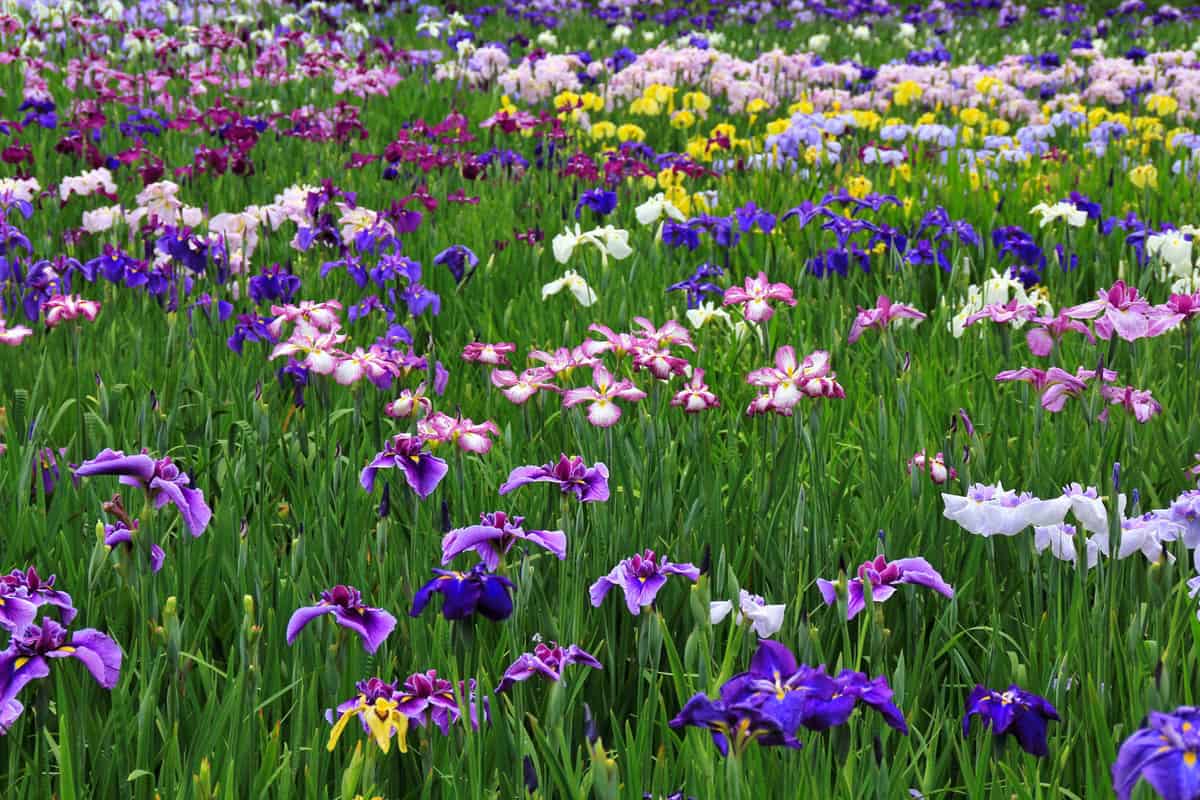
These elegant flowering perennial produces a wide variety of colors and form that blooms during June and July. Depending on your preference, you can have single, double, and peony flowers in the shades of blue, pink, white, lavender, and violet.
Japanese Iris is perhaps the wettest soil-loving perennial as it thrives in boggy areas or water features. If planted on land, it will grow best in acidic elements like soil and water. In residential areas, water is commonly not acidic; thus, we suggest adding two to three teaspoons of vinegar to raise the acidity. Limit the fertilizers and only feed them enhancers rich in nitrogen.
9. Corkscrew Rush
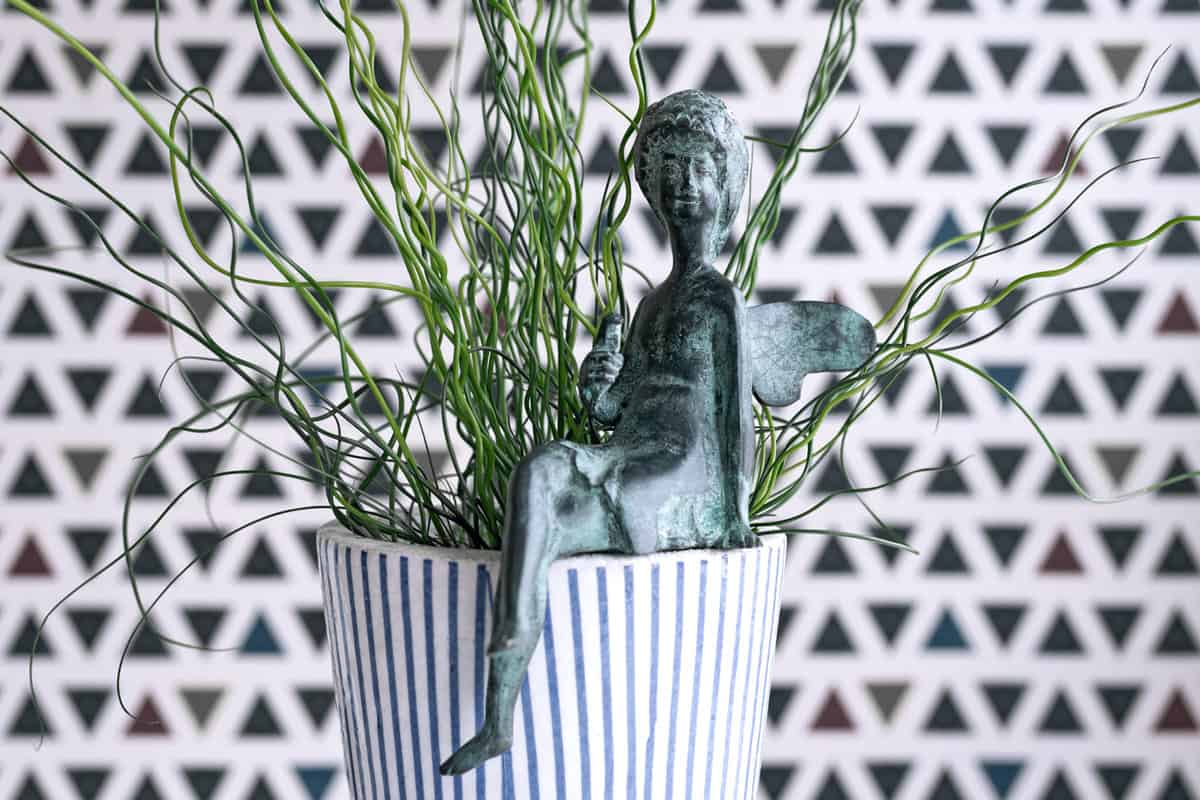
This statement piece of a plant dons dark green twisted foliage is an excellent addition to any moist landscape. Corkscrew Rush is a horticultural hybrid native to Japan; it was intentionally grown to look unruly for its whimsical charm.
Rush is a beginner-friendly plant that doesn't require extra care and is resistant to pests and diseases. It grows well in full sun except for hot and arid areas; if this is the case, place it in a room with partial shade, especially during midday. You can use whatever type of soil as long as it is well-watered.
10. Swamp Milkweed
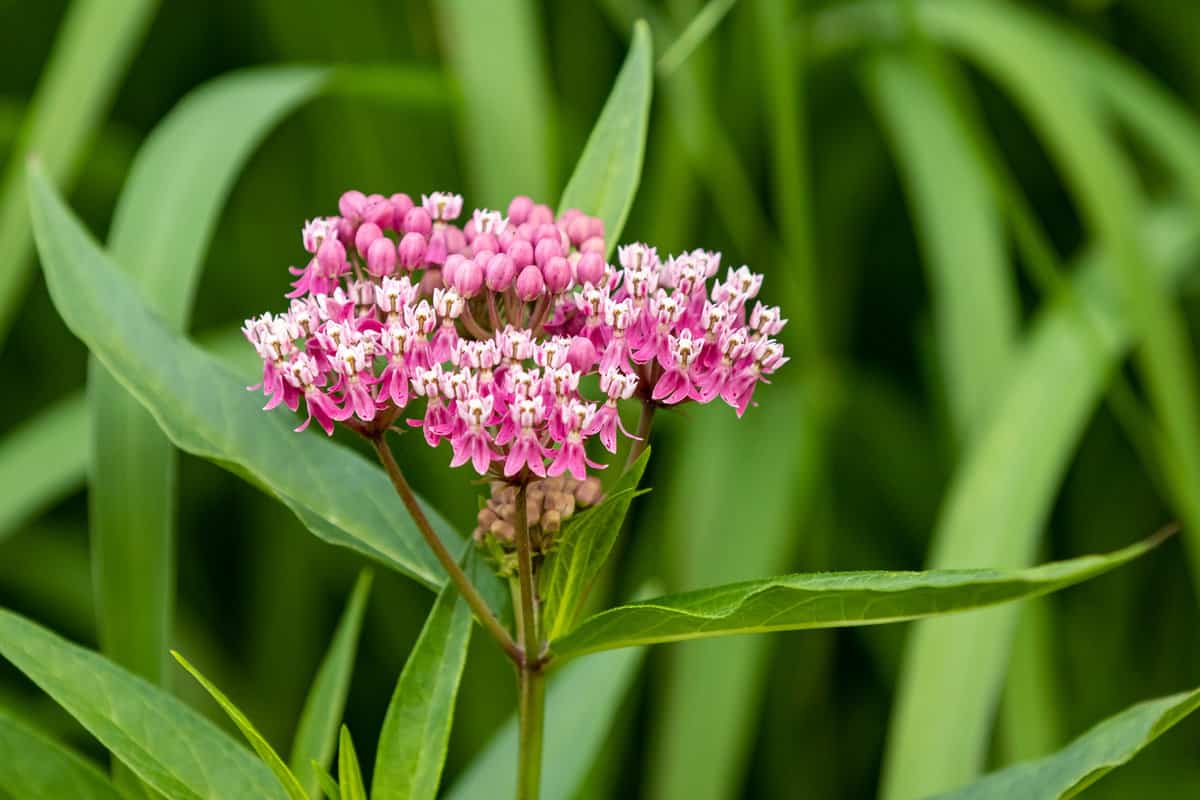
Dreaming of a butterfly sanctuary, plant a Swamp Milkweed and watch as flutters of these colorful insects take refuge in your garden, especially mid to late summer. Its white, pink, and mauve flower produces nectar that is highly attractive to butterflies.
Swamp Milkweed is poisonous to humans and mammals if digested; thus, avoid planting it in children's and livestock areas. It is naturally dispersed by wind-borne seeds and creeping roots. As evidenced by the name, it thrives in moist wetlands like clay and soil but still needs full sun. This plant is naturally dispersed by wind-borne seeds and creeping roots.
Conclusion
Perennials are an excellent landscape investment; they live longer than annuals, produce beautiful flowers, and are relatively cheaper than ornamentals. Propagating these plants are worth the time and effort, especially during the blooming season. Before planting anything not native to Zone 5, consult first with your local government and garden center to confirm if those are allowed particularly invasive species.
If you find this article helpful, you might want to check out these other related topics:
Can You Plant Perennials Before Last Frost?
